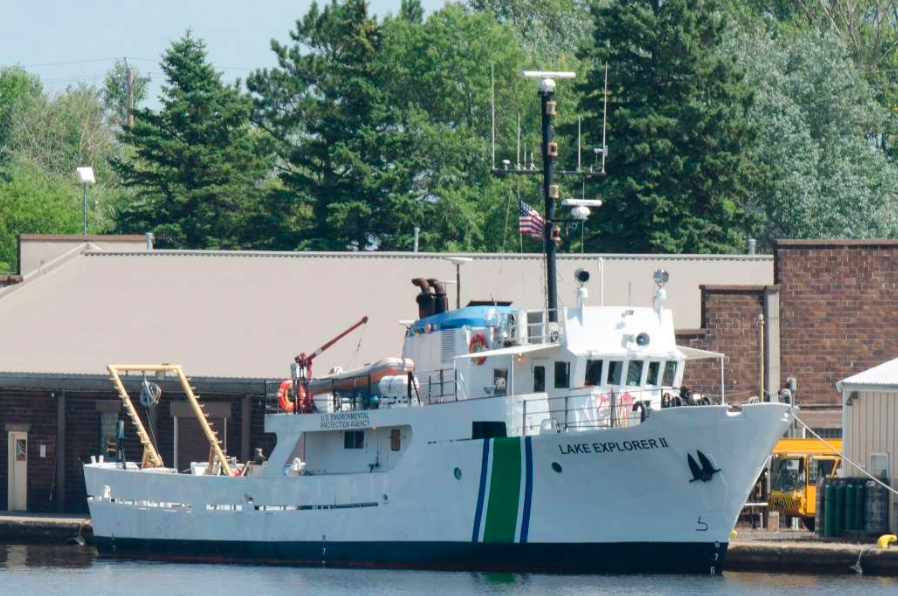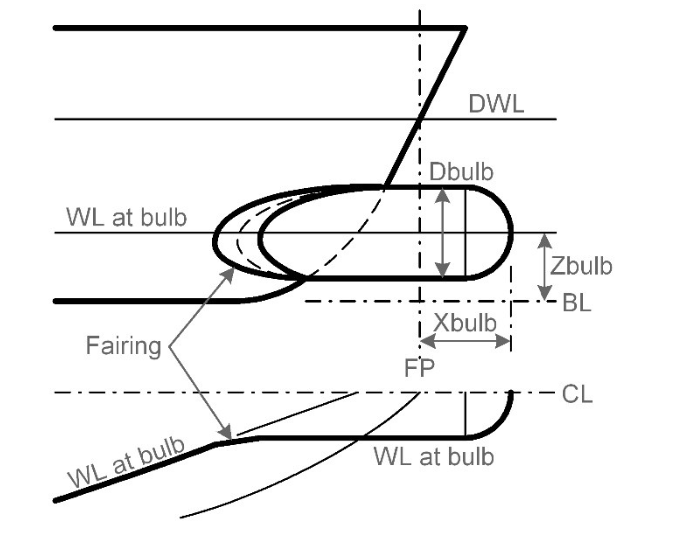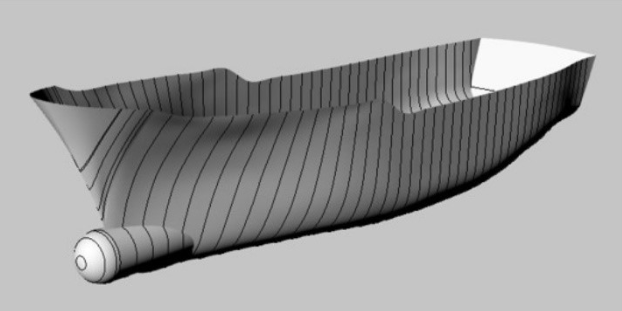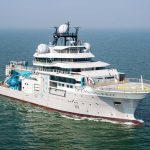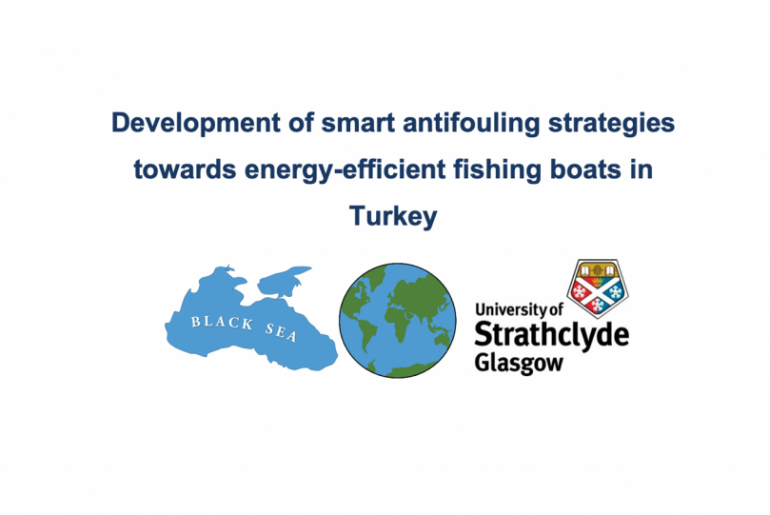Design ‘optimization’ can be a double-edged sword. It can achieve substantial beneficial outcomes, but it can also consume design resources in a fruitless hunt for perfection. In most cases, the primary objective of the hull form optimization is to achieve minimum fuel consumption. To do this, one must model the ‘Vessel-Propulsor-Drive’ (VPD) system and fit component optimization into this system.
HydroComp NavCad® is the premier VPD system simulation tool, providing powerful systems engineering calculations for the performance of marine vehicles. Often leveraged for its quick and accurate resistance and propulsion predictions, NavCad is known for its reliable and confident results. The extensive library of prediction methods for hulls, propulsors, and other necessary pieces make it an efficient and comprehensive platform for analysis at any point in a ship’s life cycle, from concept design to post-trial evaluation to re-fit.
NavCad’s Premium Edition contains several unique and powerful features. Foremost among these is the Analytical Distributed Volume Method (ADVM) for bare-hull resistance prediction. The ADVM prediction is a higher-order numerical resistance prediction method that can be used in place of a parametric method (such as Holtrop, for example). Inspired by linear thin-ship wave-making theory, it is a prediction of wave-making drag where the hull form is described by the longitudinal distribution of the immersed volume. Calculation of viscous drag, including a careful prediction of form factor and frictional drag coefficients, completes the computation of total bare-hull resistance. HydroComp’s development of the prediction included investigation on a variety of hull forms, and the method has shown success on a broad range of vessels.
Another powerful feature of the NavCad Premium package is the built-in scripting language and the ability to run NavCad in a quiet server mode. HydroComp’s scripting language is similar to well-known script and macro languages, such as VB Script. Scripting allows for efficient batch operations and basic automation of repetitive calculations or processes and is the supporting framework for more sophisticated operations. Running NavCad in the server, or “quiet” mode allows third-party software to use it as a calculation engine (i.e., coupled solver), such as from your spreadsheets or simulation tools, or partner CFD, hull design, or loading software. Applications for these couplings include more sophisticated and in-depth analyses and optimization of various components of the Vessel-Propulsor-Drive system.
One such application was the design and optimization of a bulbous bow for the US Environmental Protection Agency’s 90-foot research vessel, the R/V Lake Explorer, in 2016 (Figure 1). Extensive computational analysis or model testing was not feasible, so a widely applicable, well-behaved, and cost-effective hydrodynamic analysis was needed to support the overall budget limitations.
Figure 1: R/V Lake Explorer
Optimization was performed by the development of a systematic series of proposed bulb variables (Figure 2) and their corresponding weighted effective power results. The geometry variation was managed by Microsoft Excel which packaged the geometric data for the hull form distribution of each variant’s immersed volume and ran the predictions with the HydroComp NavCad software via an automation process (Figure 3).
Figure 2: Bulb parameter
Figure 3: A rendering of R/V Lake Explorer’s new bulbous bow
The resistance analysis for the hull with its bulb variations was conducted using the ADVM module. This proved very suitable for the objectives, as it allowed for the Rapid Design Space Optimization of the bulb’s longitudinal extension, immersion below the waterline, and sectional area. Parametric ship resistance algorithms were also applied as “confidence checks” of the quantitative magnitude of the ADVM predictions.
Post-delivery assessment by the ship’s crew of the efficacy of the added bulbous bow confirmed a reduction in power demand and fuel consumption (Figure 4). There was also observed reduction in ship pitching motions, which was not a design objective but very welcome for the Great Lakes operation nonetheless.
Figure 4: Fuel consumption before and after the retrofit
NavCad Premium allowed the client to effectively design and optimize a bulbous bow for the R/V Lake Explorer within their budgetary and computational constraints. Further analyses could be conducted with CFD tools, but they were not required to achieve the desired outcome. In an environment where more precise results are required, coupling NavCad Premium with Microsoft Excel is an efficient way to narrow the design space and create benchmark values. This allows users to allocate CFD resources for maximum computational efficiency and lends context to results for greater confidence.
Since 1984, HydroComp, Inc. of Durham, New Hampshire USA has been a leader in providing hydrodynamic software and services for resistance and propulsion prediction, propeller sizing and design, and forensic performance analysis. Our extensive investment in research and development provides the marine industry with consistent, innovative, and technologically advanced hydrodynamic tools. Through our unique array of software packages and services, HydroComp now serves over 1200 naval architectural design firms, shipyards, yacht owners, ship operators, propeller designers, universities, and militaries around the globe including clients in Turkey. We welcome the opportunity to discuss our technology and services.
Please visit our website blog for additional case studies; hydrocompinc.com/blog and Webinar Series.
Gallery: Images before and after the retrofit (Source)
Donald MacPherson, Technical Director Alex Walker, Naval Architect info@hydrocompinc.com www.hydrocompinc.com


